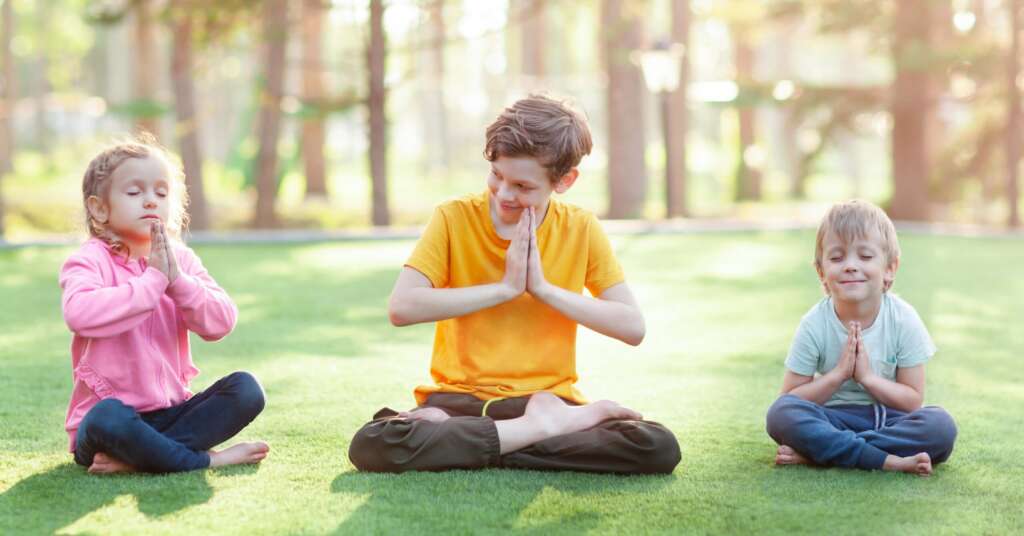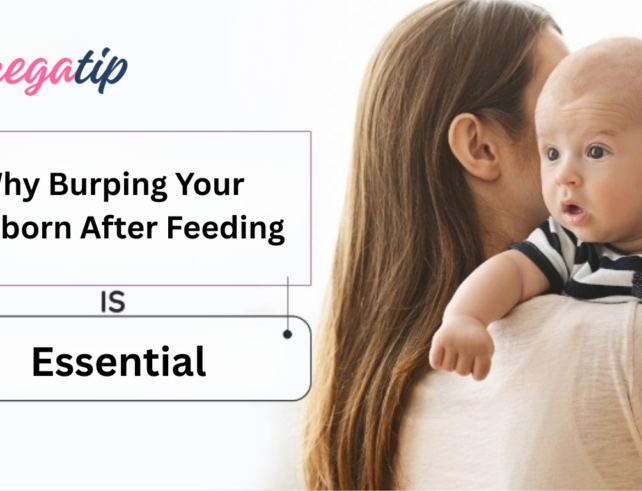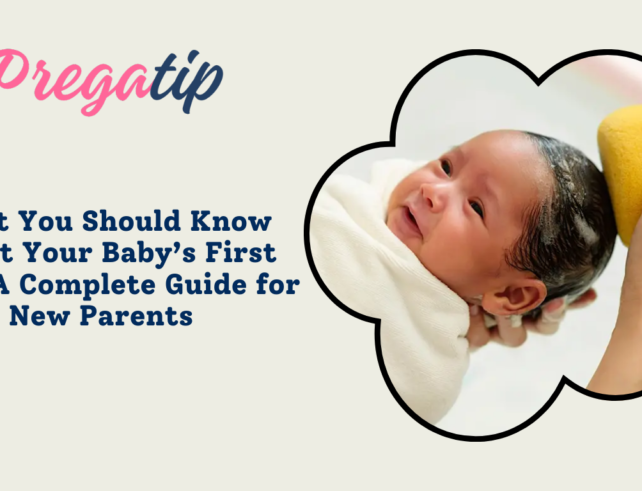Teaching Mindfulness To Children: Starting Emotional Well-Being


Teaching mindfulness to preschoolers has emerged as a vital practice in today’s fast-paced world, aimed at fostering emotional well-being from an early age. This article delves into the significance of introducing mindfulness to young children, elucidating how it nurtures essential emotional and cognitive skills crucial for their development.
- Understanding Mindfulness for Preschoolers
Mindfulness entails being fully present, encouraging individuals, including preschoolers, to focus on the current moment without judgment. This practice aids children in navigating their complex emotions, cultivating self-awareness and emotional regulation.
- The Science Behind Mindfulness
Incorporating mindfulness into early education is supported by neuroscientific research, indicating that it can induce structural changes in the brain. These changes enhance regions responsible for emotional regulation and self-control, underlining the scientific basis for its efficacy.
- Benefits of Teaching Mindfulness
a. Improved Emotional Regulation: Mindfulness equips preschoolers with the ability to recognize and manage their emotions effectively, facilitating better navigation of daily challenges and social interactions.
b. Enhanced Concentration and Attention: Preschoolers practicing mindfulness exhibit improved attention spans, benefiting both academically and in their day-to-day activities.
c. Stress Reduction: Mindfulness provides children with lifelong coping mechanisms for stress and anxiety, enabling them to face life’s challenges with resilience.
- Mindfulness Techniques for Preschoolers
a. Mindful Breathing: Teaching preschoolers to focus on their breath helps them anchor themselves in the present moment, fostering mindfulness.
b. Guided Imagery: Guided imagery encourages children to create mental pictures that aid relaxation and emotional understanding, stimulating creativity and expression.
c. Mindful Body Scans: This technique promotes body awareness and recognition of physical sensations associated with emotions, starting from the toes and progressing upward.
- Implementing Mindfulness in Preschool Education
a. Teacher Training: Educators need adequate training to introduce and guide mindfulness practices in an age-appropriate manner.
b. Daily Routine Integration: Incorporating mindfulness into daily routines, such as through brief mindful breathing exercises or mindfulness games, is essential.
c. Parental Involvement: Engaging parents in the process ensures continuity, with schools providing resources and guidance for reinforcing mindfulness practices at home.
- Mindfulness in Play and Creativity
a. Art and Crafts: Activities like art and crafts offer children a creative outlet while encouraging mindfulness and presence in the moment.
b. Mindful Storytelling: Incorporating mindfulness into storytelling captivates young minds while imparting lessons in presence and empathy.
c. Mindful Playtime: Engaging in games that require concentration and cooperation provides enjoyable opportunities for preschoolers to practice mindfulness.
- Challenges and Concerns
a. Age-Appropriate Practices: Mindfulness techniques must be tailored to suit the developmental stage of preschoolers to avoid overwhelming them with complex practices.
b. Potential Misconceptions: Addressing misconceptions among parents and educators about mindfulness requires effective communication to ensure its proper understanding and implementation.
c. Consistency and Sustainability: Maintaining a consistent mindfulness program in preschools necessitates support from educators, parents, and the institution to ensure its long-term sustainability.
In conclusion, teaching mindfulness to preschoolers lays the groundwork for their lifelong emotional well-being. By instilling mindfulness techniques early on, children are equipped with invaluable tools to navigate the complexities of their inner and outer worlds. Implementing age-appropriate practices in education fosters the growth of self-aware individuals capable of facing life’s challenges with resilience. Mindfulness is transformative, offering young minds a path to a brighter, emotionally balanced future. Embracing the power of mindfulness, one breath at a time, empowers preschoolers to thrive in today’s world and beyond.



